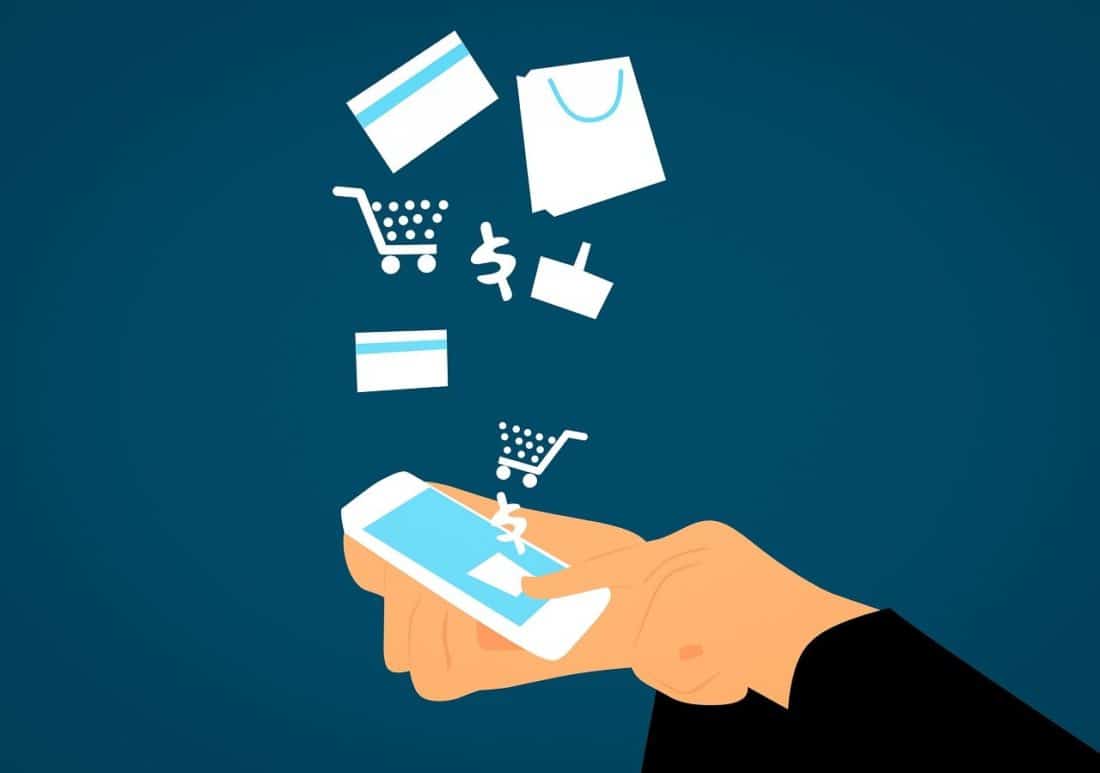A lengthy checkout process can be frustrating for customers and may increase cart abandonment. Luckily, with one-click checkout, you’re able to encourage speedier sales, possibly resulting in more revenue for your business and a better user experience (UX) for visitors.
In this post, we’ll take a closer look at how one-click checkout works. Then, we’ll explore the pros and cons of implementing it, helping you decide whether it’s right for your store. Let’s get started!
How One-Click Checkout Works
When a visitor tries to buy a product on your website, they’re often required to fill out lots of details. In order to access the payment screen, customers must typically enter their name, a contact number, an email address, and delivery information. Although this is necessary to complete an order, it can be time-consuming and tedious.
Instead, one-click checkout helps customers avoid manually entering this information each time they shop with you:
This way, your payment processor stores their details for future use. As such, visitors only need to complete these fields once on your website. Then, when they return to purchase more products, customers can breeze through the checkout process.
Should You Implement One-Click Checkout in Your Online Store?
Now that you understand how one-click checkout works, let’s take a look at the pros and cons of using it.
The Pros of One-Click Checkout
One of the most obvious benefits for customers is that one-click checkout is much quicker than the alternative. As a result, you can deliver a better UX. In fact, being forced to create an account is the second leading cause of cart abandonment:
The fifth reason is a long and complicated checkout process. These factors can explain why 70% of shopping carts were abandoned last year without a purchase.
Since it only takes a single click to go from casual browser to paying customer, one-click checkouts can mean that users are more inclined to convert. This is because the time and effort required to complete many fields is erased. As such, it’s a great option for sites with a high returning customer rate.
Plus, since less time is needed to complete purchases, there is also less opportunity for customers to change their minds. When users are guided through a complicated checkout process, every page and extra field is another barrier to closing the sale:
It leaves lots of time for visitors to rethink their decision. Therefore, e-commerce stores with low-ticket items might benefit from this model; it’s easier for users to impulse-buy a product worth $20, rather than one worth $200.
Some websites require customers to complete multiple checkout pages. This can translate to even more pages if they are using smaller screen devices like mobiles and tablets. As such, one-click checkout is mobile friendly because it avoids the need for multi-page checkouts. This is important since smartphones are the main device for retail website orders in the U.S.
The Cons of One-Click Checkout
While one-click checkout offers many benefits, it’s important that you consider the limitations before implementing it in your store. One of these reasons is that the lack of information can be disconcerting for some users, especially in the early stages of the sales funnel.
This is more relevant when customers are presented with the one-click checkout option directly beneath the product they’re viewing:
Instead, some customers prefer to be gently eased towards a sale. In this case, it can be useful for shoppers to know all the housekeeping information and product details. This way, they’re able to warm up to the idea of a purchase.
One-click checkout can cause you to miss out on opportunities to encourage visitors to shop with you. For instance, the leading reason for purchasing a product online is free delivery while customer reviews and easy returns also play a crucial role:
Essentially, if you offer one-click checkout too early, you might fail to properly highlight key incentives that could help convince users to buy.
Additionally, without the time to deliberate, you might get customers who regret their purchases or are unhappy with your products since they didn’t read all the details. You might even find that browsers are clicking by mistake. As a result, you could face higher product returns, which is likely to generate unwanted shipping and repackaging costs.
While security is a benefit of one-click checkouts, the ease of this process might be off-putting for some customers. During tokenization, sensitive data is replaced with unique symbols which helps to avoid security breaches. However shoppers who are unfamiliar with the technology, particularly older customers, might be scared away by such a simplified checkout procedure.
Conclusion
When it comes to accepting payments in your online store, it’s important to prioritize speed and convenience. Otherwise, you risk customers abandoning their orders and leaving your site. With one-click checkout enabled, you can make it easier for browsers to convert, boosting sales and enhancing the UX.
Do you have any questions about implementing one-click checkout in your online store? Let us know in the comments section below!
Image by mohamed Hassan from Pixabay
